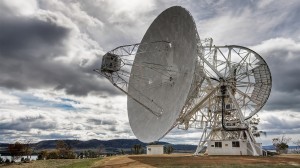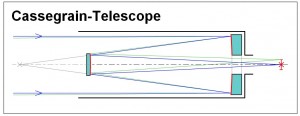There are very few truly public observatories in the U.S. Most are owned by universities or research institutes (so, quasi-public), or are managed and operated by a complex public/state/private cooperative effort (take Mount Wilson, for instance: it’s run by the Mount Wilson Institute under an agreement with the Carnegie Institution in Washington, but the observatory sits on USDA Forest Service land, so it has to operate according to federal guidelines). A lot of these observatories have public programs so visitors can experience basic observational astronomy and learn about historical or current R&D, but for the most part, the observatories are reserved for institutional use.
So, we were excited when we learned that one of the few observatories in Washington state was designed from its outset as a “as public as we can get” space. The Goldendale Observatory State Park owes its existence to a group of four men, M.W. McConnell, John Marshall, Don Conner and O.W. VanderVelden, who built a 24.5 inch Cassegrain reflector telescope together. They donated the scope to the city of Goldendale, and the city obtained federal funds to build the observatory in 1973. From 1973 to 1980, the observatory was managed by a non-profit organization, and in 1981, the Washington State Parks Commission took over responsibility. (Don Hardin has written up a much more extensive history of the observatory.) So, now it’s a State Park, which is something neat and unusual.
At least, we found the whole thing exciting. We timed our visit to coincide with the August Perseid meteor shower and joined a group of enthusiastic viewers for some naked-eye skywatching for a large portion of the night. The evening public viewing program was fun, although someone did take a spill off the stairs leading up to the eyepiece of the 24.5 inch telescope. We saw all the usual suspects (globular cluster, binary star, etc.) and considered our evening well spent.
The BEST part of the Goldendale experience, however, is the daytime viewing. Not many public programs run during the day, which is a shame, because the sunspot viewing was fantastic. Then, too, looking through a telescope at Mercury on a sunny afternoon is its own kind of awesome.





 -fr
-fr kt
kt )
)